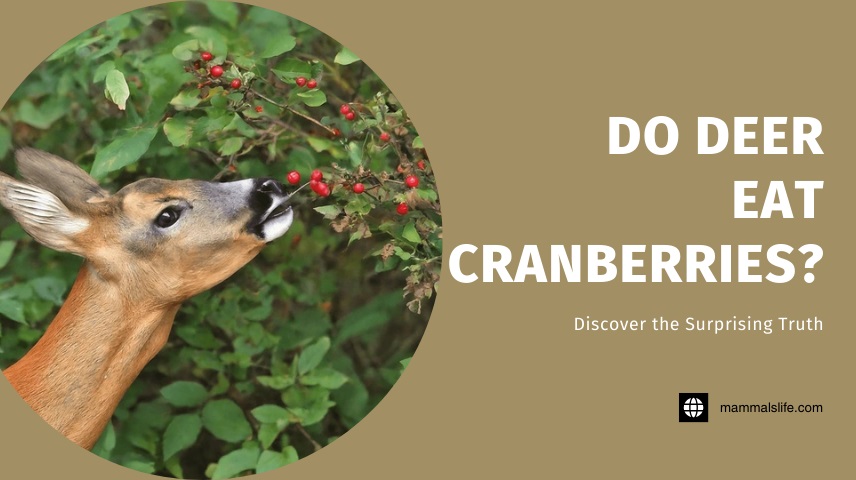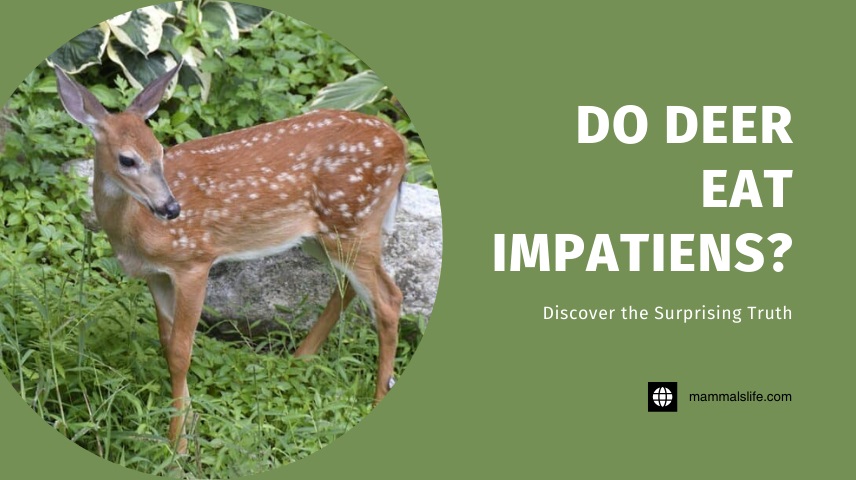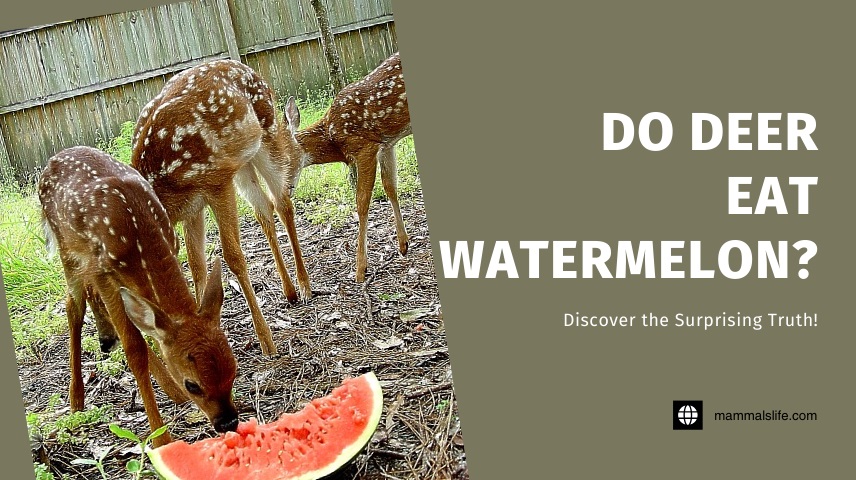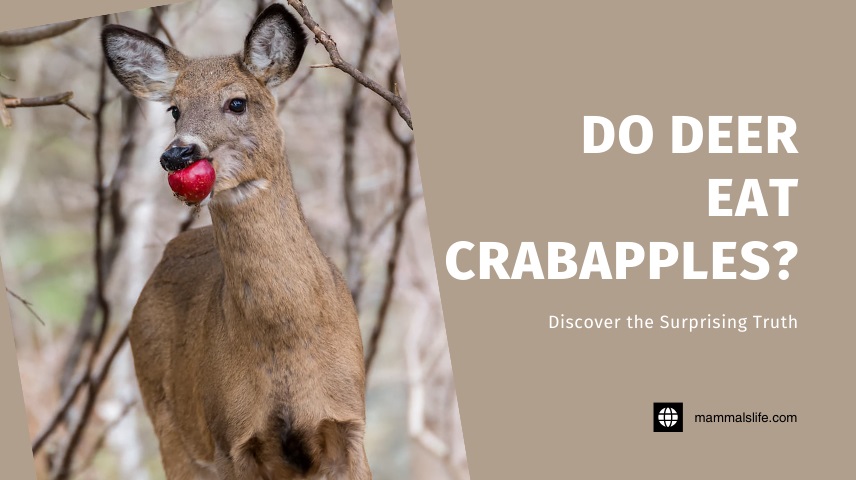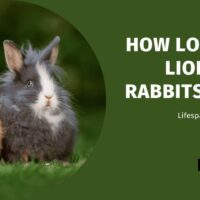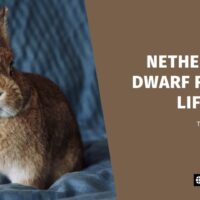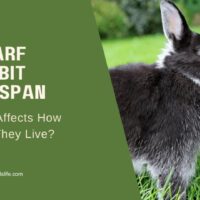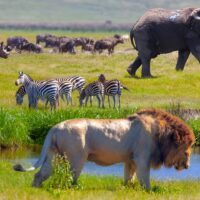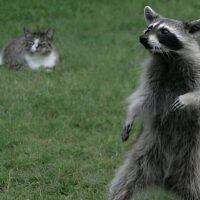Yes, deer eat cranberries. They enjoy these berries as part of their diet, especially in the wild.
Deer are known for their diverse diet, which includes a variety of fruits, vegetables, and plants. Cranberries provide essential nutrients that deer need for survival. These berries are rich in vitamins and antioxidants, making them a healthy snack for deer.
Cranberries can be found in bogs and wetlands, where deer often forage. Their tart flavor and nutritional benefits make cranberries a favored food source. Deer also help in the dispersal of cranberry seeds, contributing to the ecosystem. Understanding deer dietary habits can help in wildlife management and conservation efforts. This knowledge is vital for maintaining healthy deer populations and balanced ecosystems.
Deer’s Dietary Habits
Deer are fascinating creatures with unique dietary habits. They consume a wide variety of plants and fruits. This diversity helps them adapt to different environments. Understanding their diet is essential for wildlife enthusiasts and gardeners alike.
Herbivorous Nature
Deer are herbivores, meaning they primarily eat plants. Their diet includes leaves, grass, twigs, and bark. They also enjoy fruits and berries. Deer have a specialized digestive system for processing plant material. Their four-chambered stomach allows them to break down tough plant fibers. This helps them get nutrients from their food.
Seasonal Variations
Deer’s diet changes with the seasons. In the spring, they eat fresh leaves and grass. Summer brings more variety with flowers, fruits, and crops. During fall, they feast on nuts, acorns, and fallen fruits. In winter, food is scarce. They rely on woody plants and bark to survive.
| Season | Common Foods |
|---|---|
| Spring | Fresh leaves, grass |
| Summer | Flowers, fruits, crops |
| Fall | Nuts, acorns, fallen fruits |
| Winter | Woody plants, bark |
Understanding these seasonal changes helps us know what deer might eat. It also helps us protect our gardens and crops.
Cranberries In The Wild
Cranberries grow naturally in the wild. These bright red berries are a treat for many animals. But do deer eat cranberries? Let’s explore this topic, starting with their growth conditions and nutritional value.
Growth Conditions
Cranberries need specific conditions to thrive. They grow in bogs or wetlands. These areas have acidic soil and plenty of water. The plants need full sunlight to produce fruit.
Wild cranberries are often found in North America. They thrive in areas with cool temperatures. The growing season is short, but the plants are hardy.
| Condition | Requirement |
|---|---|
| Soil | Acidic |
| Water | Plentiful |
| Sunlight | Full |
| Temperature | Cool |
Nutritional Value
Cranberries are rich in nutrients. They are a good source of vitamins and minerals. Deer benefit from these nutrients, especially in the wild.
Here are some key nutrients found in cranberries:
- Vitamin C
- Fiber
- Antioxidants
- Low in Calories
These nutrients help keep deer healthy. Vitamin C boosts their immune system. Fiber aids in digestion. Antioxidants protect cells from damage.
Deer find cranberries tasty and nutritious. They often forage for them in the wild. Cranberries provide a natural and healthy food source.
Deer’s Attraction To Cranberries
Deer are known for their diverse diet, which includes fruits and berries. One of their favorite treats is cranberries. These small, red berries attract deer due to their taste and nutritional benefits.
Taste Preferences
Deer have a strong sense of taste and prefer sweet fruits. Cranberries, despite their tartness, still appeal to deer. This is because cranberries offer a unique flavor that deer enjoy. They munch on the berries, savoring the juicy texture.
Table showing deer’s taste preferences:
| Food Type | Preference Level |
|---|---|
| Sweet Fruits | High |
| Berries | Medium |
| Leaves | Low |
Nutritional Benefits
Cranberries offer many nutritional benefits to deer. They are rich in vitamins and antioxidants. These nutrients help deer stay healthy and strong. Eating cranberries boosts their immune system.
- Rich in Vitamin C
- Loaded with Antioxidants
- High in Fiber
Deer find cranberries during the fall and winter months. This is when the berries are ripe and ready to eat. By eating cranberries, deer prepare for harsh winter conditions.
Impact On Cranberry Plants
Deer are known to browse on various plants, including cranberries. Their feeding habits can significantly impact cranberry plants. This section explores how deer browsing affects cranberry plants and their survival.
Browsing Effects
Deer nibble on cranberry plants, causing physical damage. They eat leaves, stems, and sometimes fruits. This browsing reduces the plant’s ability to photosynthesize. Reduced photosynthesis stunts plant growth and fruit production.
Deer also trample plants while feeding. Trampling further damages the plant’s structure. This makes it harder for the plant to recover. Repeated browsing and trampling can lead to plant death.
Plant Survival
Cranberry plants struggle to survive deer browsing. Young plants are especially vulnerable. They have less established root systems. This makes them less resilient to damage.
Mature cranberry plants can tolerate some browsing. But, continuous feeding weakens even the hardiest plants. Proper management can help protect cranberry plants from deer damage.
| Factors | Impact on Cranberry Plants |
|---|---|
| Browsing | Reduces photosynthesis, stunts growth, and lowers fruit production |
| Trampling | Damages plant structure and hinders recovery |
| Young Plants | More vulnerable due to less established root systems |
| Mature Plants | Weakened by continuous feeding |
Coexisting With Deer
Deer are gentle and beautiful creatures. They often live near humans. Sometimes, they visit gardens and farms. This can create challenges. Deer love to eat plants, including cranberries. But we can find ways to coexist peacefully.
Protecting Crops
Farmers work hard to protect their crops. Deer can eat a lot of cranberries. Here are some ways to keep them away:
- Fencing: Build a tall fence. Deer cannot jump over high fences.
- Repellents: Use sprays that deer do not like. These can keep deer away.
- Noisemakers: Devices that make noise scare deer. They will run away.
- Plants: Grow plants deer do not like. This includes lavender and marigolds.
Creating Deer-friendly Habitats
We can create special areas for deer. This keeps them away from crops. Here are some ideas:
- Food Plots: Plant food deer love. This includes clover and alfalfa.
- Water Sources: Provide water. Deer need to drink often.
- Shelter: Create safe places. Deer need to feel safe from predators.
Creating these habitats helps deer. It also protects crops. This way, everyone can live in harmony.
Frequently Asked Questions
Do Deer Eat Cranberries Naturally?
Yes, deer do eat cranberries in the wild. They find them nutritious and tasty.
Are Cranberries Safe For Deer?
Cranberries are safe for deer. They provide vitamins and antioxidants beneficial for their health.
When Do Deer Eat Cranberries?
Deer eat cranberries mainly in the fall. This is when cranberries are most abundant.
Do Deer Prefer Cranberries Over Other Berries?
Deer enjoy various berries. Cranberries are among their favorites due to their taste and nutrition.
Can Feeding Deer Cranberries Attract Them?
Feeding deer cranberries can attract them to your area. They are drawn to the sweet and tart flavor.
Are Cranberries Beneficial For Deer?
Cranberries are beneficial for deer. They offer essential nutrients and antioxidants that support overall health.
Conclusion
Deer do eat cranberries, adding them to their diverse diet. These berries provide essential nutrients for deer. Observing deer in your area can confirm if they enjoy cranberries. Planting cranberries can attract deer to your property. Always consider local wildlife before planting new vegetation.

